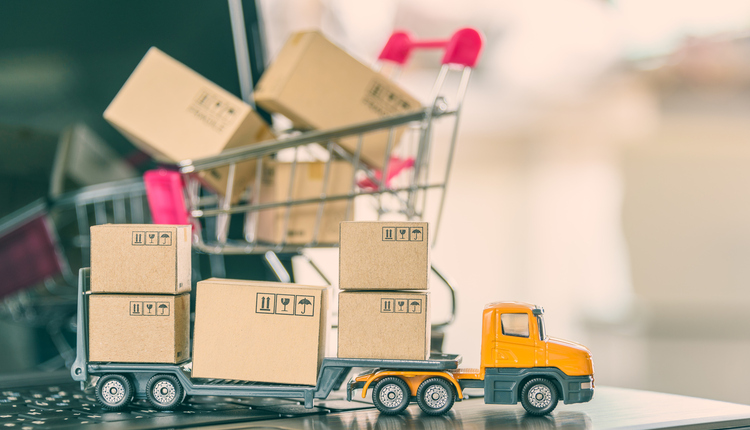The latest findings from the Reverse Logistics Association's (RLA) quarterly Returns Index show that returns costs continue to rise faster than returns volumes.
The returns cost index jumped from 208.7 for Q4 2023 to 235.6 for Q1 2024, while the returns volume index inched up from 50.35 to 50.4 for the same period. The index is based on 50 as the midpoint. Above 50 indicates an increase, and below 50 indicates a decline.
Expectations for Q2 (ending June 30) continue rising costs, which began in Q4 2022 when the costs index jumped to 126.8 from 114.3 in the previous quarter.
Survey respondents' commentaries and interviews suggest that transportation and labor costs have been the primary drivers for rising costs.
Indeed, major nationwide parcel carriers' general rate increases (GRIs) for 2023 were among the highest in recent years. UPS's 6.9% GRI for 2023 went into effect the last few days of December, while FedEx's own 6.9% GRI went into effect in January 2023.
Meanwhile, as part of its Delivering for America strategy launched in March 2021, the US Postal Service (USPS) also began raising rates more aggressively.
Higher rate increases were justified by higher operational costs, inflation, and, in the case of the USPS, adjusting rates that had been considered too low for too long.
Parcel carriers also raised surcharges, expanded surcharge coverage, such as Delivery Area Surcharges, and changed fuel tables for parcel, freight, and air services, effectively increasing the fuel surcharges for each transportation mode.
In addition, labor costs have also contributed to higher return costs. According to the latest data from the US Bureau of Labor Statistics, average hourly earnings for warehousing employees were $23.59 in December 2022, $24.38 in December 2023, and $24.78 in April 2024.
Attracting, training, and retaining reverse logistics workers is a constant worry. While several startups have tried to automate the reverse logistics process, people remain the most critical part of handling returns. Perhaps the day will come when a robot can perform a “sniff test” on a shirt, and not as many people may be required.
Speaking of robots, even though it has not been noted in our quarterly returns index, technology investments are being made to understand and help reduce costs, such as:
- Artificial intelligence (AI) and machine learning (ML): These technologies optimize return processing, forecast demand for returned goods, and even personalize customers' returns experience.
- Advanced analytics: Businesses leverage data analytics to track and analyze return trends. This allows them to identify areas for improvement, such as packaging issues or products frequently returned due to defects. By understanding why products are being returned, companies can take steps to reduce returns and improve customer satisfaction.
- Robotics: Robotics are increasingly being used to automate warehouse tasks, such as sorting and packing returned items. This can significantly improve efficiency and reduce labor costs associated with reverse logistics.
- Internet of Things (IoT) sensors: IoT sensors can be attached to returned goods to monitor their condition in real time. This information can be used to determine the best course of action for the product, such as whether it can be restocked, refurbished, or recycled.
The overall cost burden of returns remains high. This is due to various factors, including rising labor, transportation, and fuel costs. As technology investments in areas like AI and automation continue, some efficiency gains can be expected. However, the trend suggests that returns will likely remain a significant cost pressure for businesses in the foreseeable future.
Tony Sciarrotta is the Executive Director of the Reverse Logistics Association.
This article originally appeared in the July/August, 2024 issue of PARCEL.













